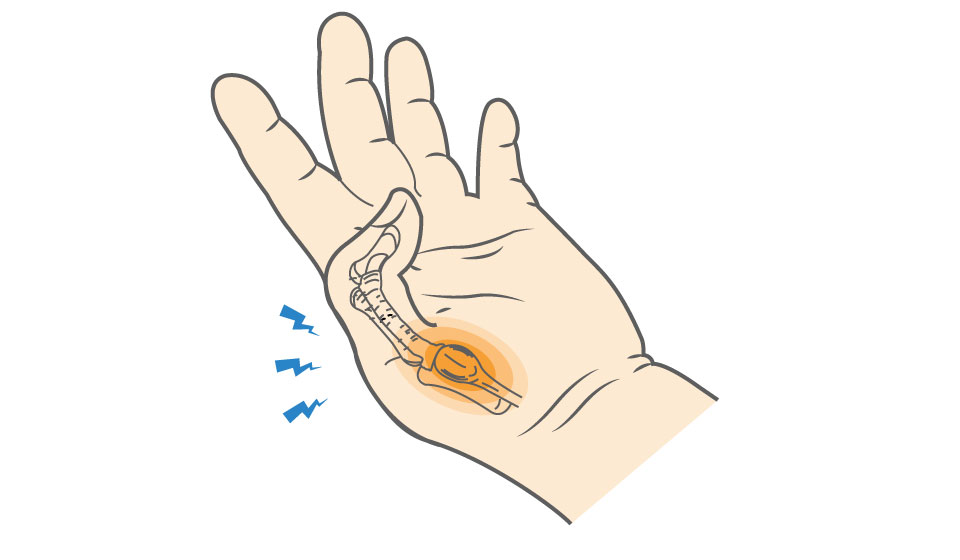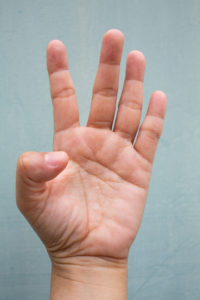Trigger thumb, or stenosing tenosynovitis of the thumb, is a painful condition that creates a locking or catching feeling when you straighten or bend your thumb. In severe cases, your thumb gets stuck in a bent position, a clear sign of thumb locking or trigger thumb.
Flexor tendons, long fibrous cords, connect the forearm muscles to the bones that make up the fingers. These tendons normally glide through a sheath when your muscles contract, allowing your fingers to bend. When the tendon nodules become inflamed and swollen, they can’t move easily through the sheath, creating irritation, pain, and painful clicking.



